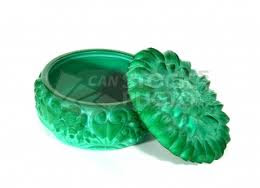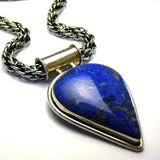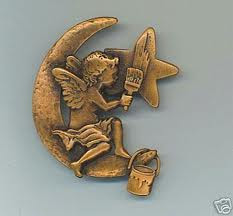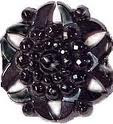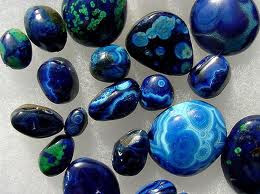Posted by srinivas on 3:26 AM
 TAHITIAN PEARLTahitian pearls (also called black pearls) are dark-colored pearls. They are produced by the large, black-lipped pearl oyster Pinctada margaritifera (also called the Tahitian black pearl oyster), a mollusk found in the tropical Indo-Pacific Ocean. Black pearls come in many colors, including many body shades and overtone tints including gray (light gray to almost black), peacock green (especially valuable), aubergine (eggplant), and deep brown. The color of the dark nacre is determined by the minerals in the oyster's diet (plankton) and in its environment. Many "black pearls" are dyed or irridiated to enhance or change their color; it is difficult to tell a natural pearl from a treated pearl. Tahitian pearls are graded on six factors: 1.Shape (round is most valued), 2.Size (the larger the better), 3.Surface Quality (clean is superior to blemishe
TAHITIAN PEARLTahitian pearls (also called black pearls) are dark-colored pearls. They are produced by the large, black-lipped pearl oyster Pinctada margaritifera (also called the Tahitian black pearl oyster), a mollusk found in the tropical Indo-Pacific Ocean. Black pearls come in many colors, including many body shades and overtone tints including gray (light gray to almost black), peacock green (especially valuable), aubergine (eggplant), and deep brown. The color of the dark nacre is determined by the minerals in the oyster's diet (plankton) and in its environment. Many "black pearls" are dyed or irridiated to enhance or change their color; it is difficult to tell a natural pearl from a treated pearl. Tahitian pearls are graded on six factors: 1.Shape (round is most valued), 2.Size (the larger the better), 3.Surface Quality (clean is superior to blemishe d), 4.Luster (the more high-gloss luster the better), 5.Nacre Thickness (thicker is better and longer lasting), and 6.Color (overtones atop the body color add value to the pearl; the most sought-after color is peacock green and darker colors are more valuable - overtone colors include blue, pink, gold, silver, aubergine, and peacock green).
d), 4.Luster (the more high-gloss luster the better), 5.Nacre Thickness (thicker is better and longer lasting), and 6.Color (overtones atop the body color add value to the pearl; the most sought-after color is peacock green and darker colors are more valuable - overtone colors include blue, pink, gold, silver, aubergine, and peacock green).
TIGER'S EYETiger's eye is a yellowish-brown to reddish-brown gemstone that has a silky luster. This gemstone has bands of yellow and brown; when viewed from the opposite direction, the colors are reversed. Tiger's eye is usually highly polished and set as a cabochon (or cut as a bead) to display the stone's chatoyancy (light reflected in thin bands within the stone). Tiger's eye is a type of chatoyant quartz with fibrous inclusions (especially crocidolite). This stone is sometimes heat-treated. Tiger's eye has a hardness of 7.0. Most tiger's eye is mined in South Africa, but it is also found in Australia, Brazil, Burma (Myanmar), India, Namibia, Sri Lanka (Ceylon), and the USA. Green-grey varieties of this stones are called cat's-eye quartz. Blue-grey to bluish varieties are called hawk's-eye. Deep brown varieties of this stone are called bull's-eye or ox-eye.

 med into a cameo) is made into pins, pendants, and necklace.
med into a cameo) is made into pins, pendants, and necklace.














